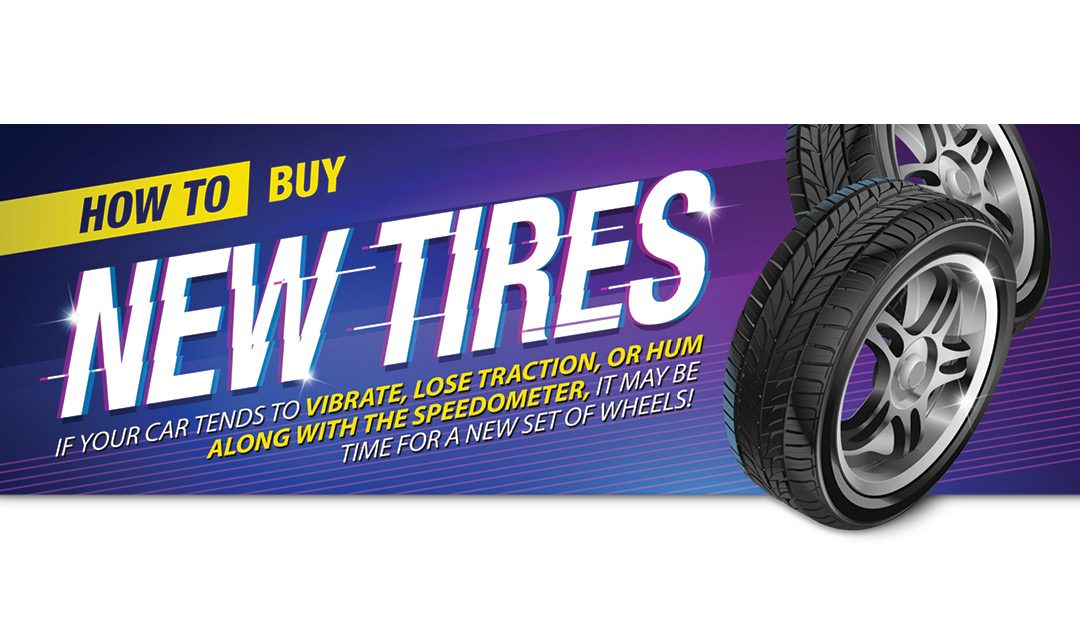If your car tends to vibrate, lose traction, or hum along with the speedometer, it may be time for a new set of wheels!
Not a whole new car, mind you – just some new tires, which have a bigger impact on vehicular performance than most people realize. A good set will help your car run smoothly, while a set that is worn out can only be a safety hazard. Whether or not your car is showing obvious signs of tire degradation, knowing how and when to replace them is an important part of driving safely.
Before vibration, loss of traction, or humming even begin, it could be time to buy new tires. Among other reasons, new tires can also accommodate for different road conditions. You might, for instance, alternate between summer and winter tires to help you drive safely during each season, or keep a set of off-road tires for adventures in the wilderness of Pennsylvania.
Whatever type of tire you select, remember that they should only be on the car for so long. Most manufacturers recommend you replace tires at least every ten years, though frequent use can wear them out prematurely. That makes it a good idea to check the condition of your tires periodically even if you don’t think they need to be replaced just yet.
When your tires finally are ready for retirement, you’ll need to know what size their replacements should be as well as the required load index and speed rating. You could read the specs off your current tires, but don’t assume that they’re the best fit for your vehicle. It’s always best to go by the manufacturer’s original recommendations. These can be found on a sticker on the driver’s door or door pillar.
If the sticker happens to be missing, it would be worth your time to find the recommendations online or elsewhere. Putting the wrong tires on your car will negatively affect its performance, so don’t make any compromises. Even if a store doesn’t have the right tire in stock when you arrive to make your purchase, you can always ask the staff to order it for you.
Beyond size and load indexes and speed ratings, there are other factors to consider when buying new tires that are based on personal preference. These include the temperature, traction, and treadwear ratings along with rolling resistance. Each will have an impact on your time behind the wheel, so it’s wise to have a basic understanding of them all.
The temperature rating indicates how much use the tire can handle before overheating. However, since overheating isn’t a likelihood in most driving situations, you could save a little money by shopping for tires with a lower rating.
The traction rating stands for just that – traction. That’s a critical factor in driving safety, and you shouldn’t buy tires with a low rating unless you’re only on the road in perfect conditions.
Treadwear rating signals the tire’s durability. A higher rating means stiffer rubber and a longer tread life, but be advised that it could lead to a rougher ride than softer tires.
The rolling resistance coefficient tells you how much force is necessary to rotate the tire. The lower this number gets, the easier it is for your car to get moving, which is good news for fuel efficiency.
After you’ve considered each of these factors and their relative importance to you, it’s time to make your purchase. You can do this at any number of retailers, auto shops, or even the dealership where you bought your car. You could shop online, too, where customer reviews might help with your decision.
Once you’ve bought the tires, all that’s left is to have them mounted at a local shop and then enjoy the open road.







